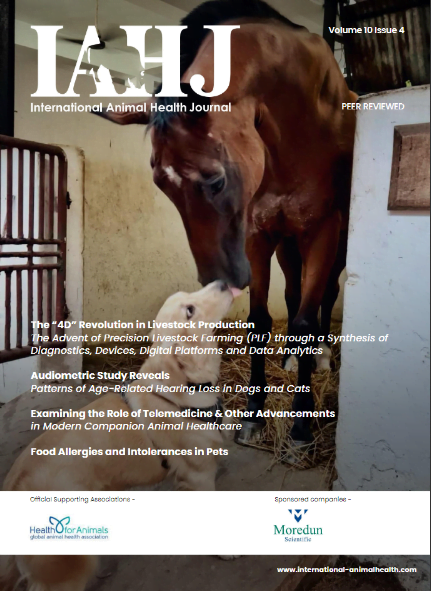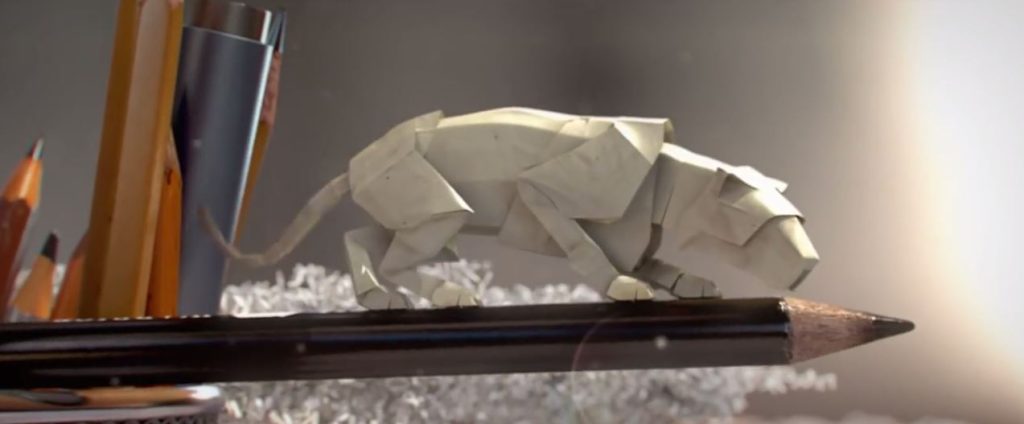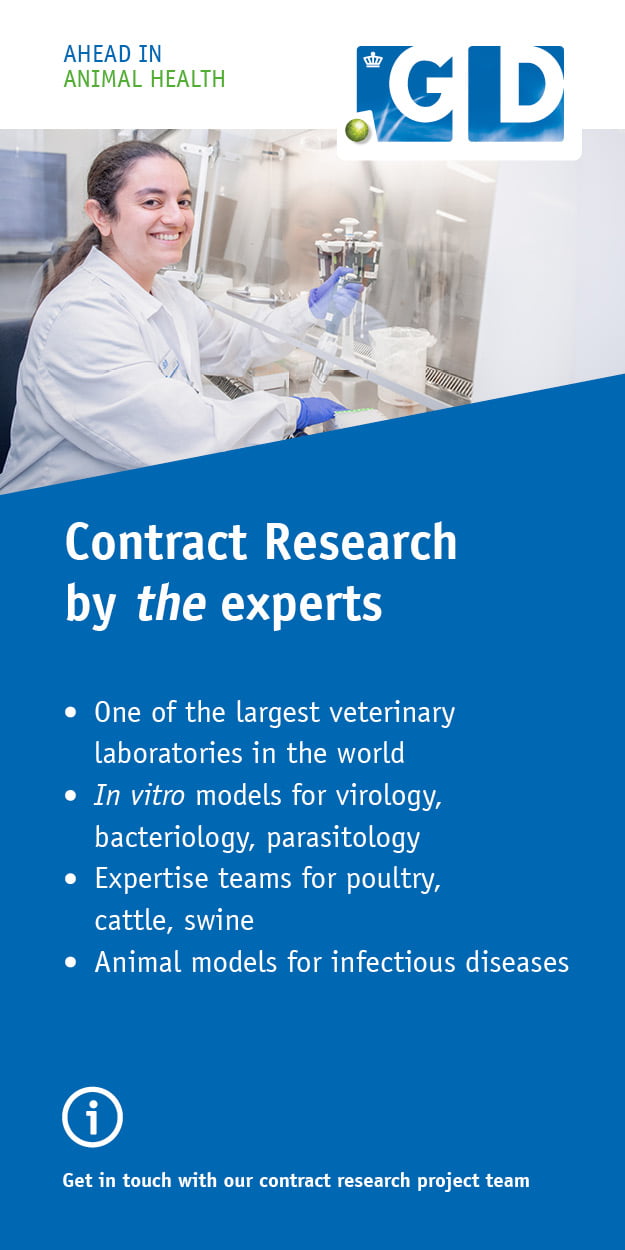The circular economy, or circularity of a system, is an intentional effort to design out waste and pollution, keep products and materials in use and regenerate natural systems. Lara Moody at Institute for Feed Education and Research, and Anton van den Brink at European Feed Manufacturer’s Association address the role a circularity metric could have in assessing and valuing sustainability efforts for the animal food supply chain and consider measurement and assessment limitations that exist, which restrict the industry’s potential to accurately account for its environmental impact and role in a circular economy.
Extract:
‘The Value of Circularity in Sustainable Food Systems’
In this article, we address the role a circularity metric could have in assessing and valuing sustainability efforts for the animal food supply chain and consider measurement and assessment limitations that exist, which restrict the industry’s potential to accurately account for its environmental impact and role in a circular economy.
Defining Circularity
In the most basic sense, the transition toward a circular economy aims to close the loop on existing linear systems such that produced materials stay in use, waste and pollution are designed out and the regeneration of natural resources is pursued. A pure linear system follows a path of take-make-use-waste; whereas a circular system is a cycle of make-use-reuse-recycle-recover.
Idealistically, circular systems could operate where waste no longer exists, material loops are closed, and products are recycled indefinitely, but in reality, materials degrade over time and some quantity of new materials and energy must be injected into any circular material loop to overcome these losses.
A circular economy, or circularity, can be contemplated at multiple levels of scale across all industry sectors. While numerous definitions exist, Kirchherr et al. propose the definition:
“Circular economy describes an economic system that is based on business models which replace the ‘end-of-life’ concept with reducing, alternatively reusing, recycling and recovering materials in production/distribution and consumption processes, thus operating at the micro level (products, companies, consumers), meso level (eco-industrial parks) and macro level (city, region, nation and beyond), with the aim to accomplish sustainable development, which implies creating environmental quality, economic prosperity and social equity, to the benefit of current and future generations.”
Click the download button below to read the complete version of ‘The Value of Circularity in Sustainable Food Systems‘ by Lara Moody at Institute for Feed Education and Research, and Anton van den Brink at European Feed Manufacturer’s Association












